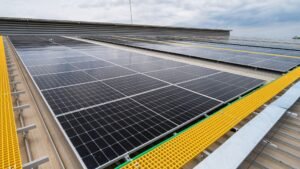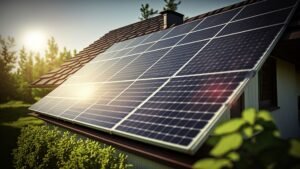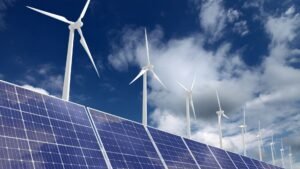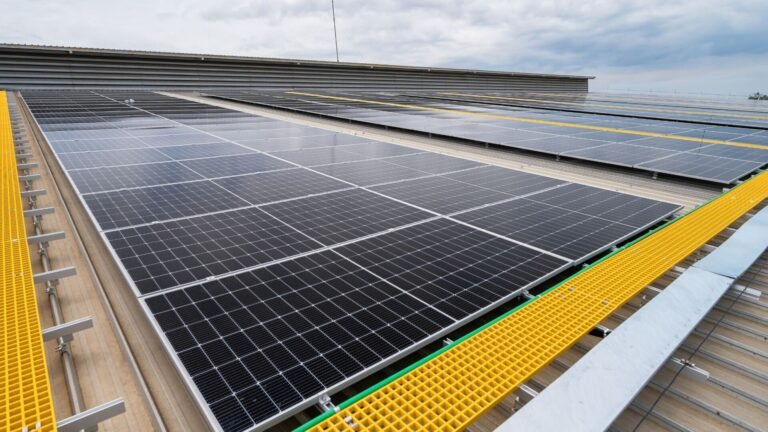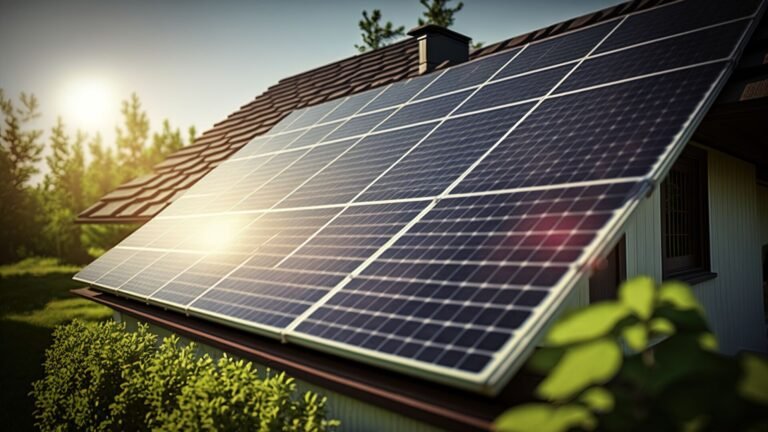Introduction
Solar panels, a cornerstone of renewable energy, are subject to varying weather conditions, which can significantly influence their performance. This blog delves deeper into how different weather scenarios impact solar energy generation and discusses strategies to counteract these effects.
1. The Optimal Conditions: Sunlight and Heat
Sunny weather is ideal for solar energy production. However, extreme heat can reduce panel efficiency due to overheating. To combat this, installing solar panels at an angle ensures better air circulation, reducing temperature-related efficiency losses.
2. Cloud Cover and Overcast Skies
While solar panels can still operate under cloudy conditions, their output is considerably lower. Panels designed for low-light conditions can mitigate this effect by capturing diffused sunlight more effectively.
3. Rainfall: A Cleansing Effect
Rain can be beneficial, as it helps clean the panels, improving their efficiency. However, heavy rain and prolonged cloudy weather can reduce solar output. Panels with hydrophobic coatings can maintain cleanliness and performance during rainy seasons.
4. Snow: A Double-Edged Sword
Snowfall can obstruct the panels, blocking sunlight. Automated cleaning systems or manual removal are necessary in snowy regions. Additionally, panels installed at steeper angles help snow slide off more easily, minimizing accumulation.
5. Wind: Cooling and Potential Damages
Moderate winds can cool down the panels, improving efficiency. However, strong winds might damage them. Installing durable mounting systems and selecting panels rated for high wind conditions are essential in windy areas.
6. Temperature Variability and Panel Performance
Solar panels have an optimal temperature range for operation. Extreme cold can reduce electrical output, while extreme heat can lower efficiency. Selecting panels with a low-temperature coefficient can help maintain performance in diverse temperatures.
7. Hail and Extreme Weather
Hail can physically damage panels. Panels with high durability ratings and protective measures, such as hail nets or covers, are recommended in hail-prone areas. Additionally, insurance policies that cover such damages can be a wise investment.
8. Comprehensive Strategies for Weather Adaptation
To ensure consistent performance, it’s crucial to:
- Schedule regular maintenance to remove any debris or obstruction caused by weather.
- Opt for panels with advanced coatings to withstand diverse weather conditions.
- Install solar tracking systems to adjust the panels’ angle, maximizing exposure to sunlight.
- Consider energy storage systems to store excess energy generated during optimal weather conditions.
9. Local Weather Considerations in Panel Selection
Solar panel selection should be tailored to local weather conditions. In areas with frequent cloud cover, panels designed for low-light conditions are ideal. Similarly, in regions with high temperatures, panels with better heat resistance should be chosen.
10. Integrating Weather Forecasting in Solar Operations
Advanced solar systems can integrate weather forecasting to predict and adapt to changing weather conditions. This can optimize energy generation and protect the system from potential weather-related damages.
11. Understanding the Impact of Air Quality
Air quality, influenced by weather conditions like smog or dust storms, can affect solar panel performance. Panels in areas with poor air quality may require more frequent cleaning and maintenance.
12. Managing Energy Production in Variable Weather
Diversifying energy sources and incorporating solar battery storage can help manage the inconsistency of solar energy production due to weather variations. This ensures a steady supply of energy regardless of weather conditions.
13. Professional Assessments for Weather-Proofing
Professional assessments can provide customized solutions for weather-proofing solar installations. Experts can evaluate specific environmental factors and recommend appropriate measures to enhance system resilience.
14. Community Sharing of Best Practices
Engaging with local solar energy communities can provide valuable insights into dealing with weather-related challenges. Sharing experiences and solutions can be beneficial in optimizing solar panel performance in specific weather conditions.
Conclusion
Weather conditions present both challenges and opportunities for solar panel performance. By understanding these impacts and implementing effective mitigation strategies, the efficiency and longevity of solar systems can be significantly improved, ensuring a reliable and sustainable energy source.

